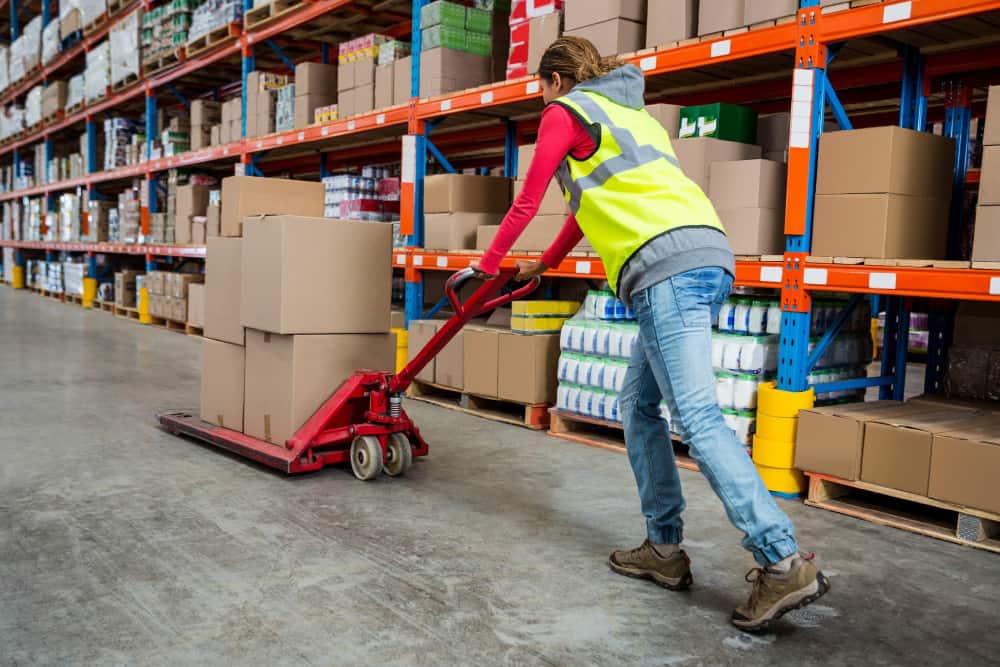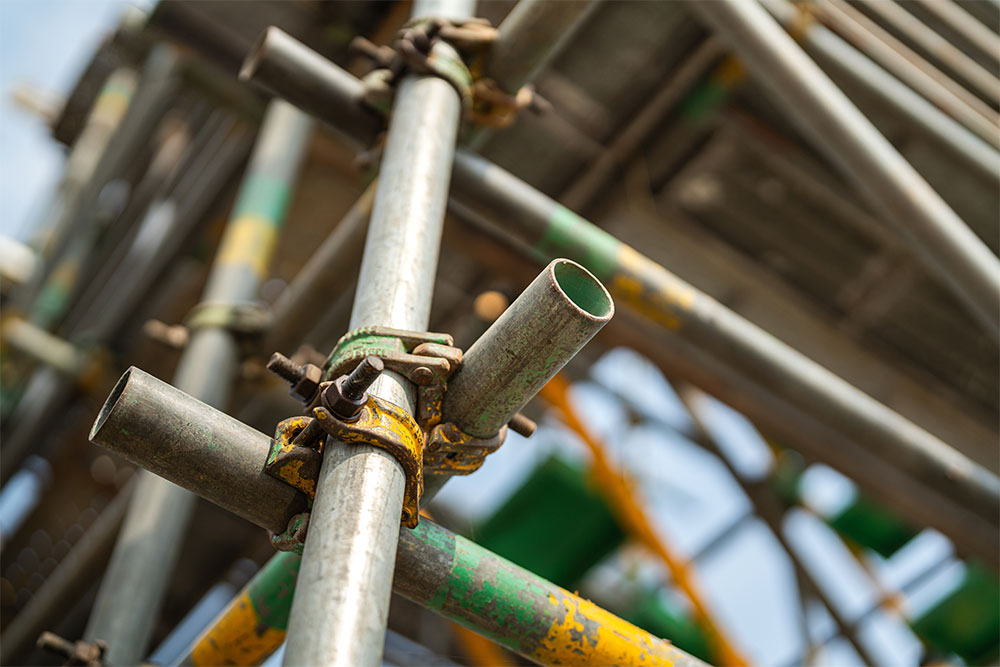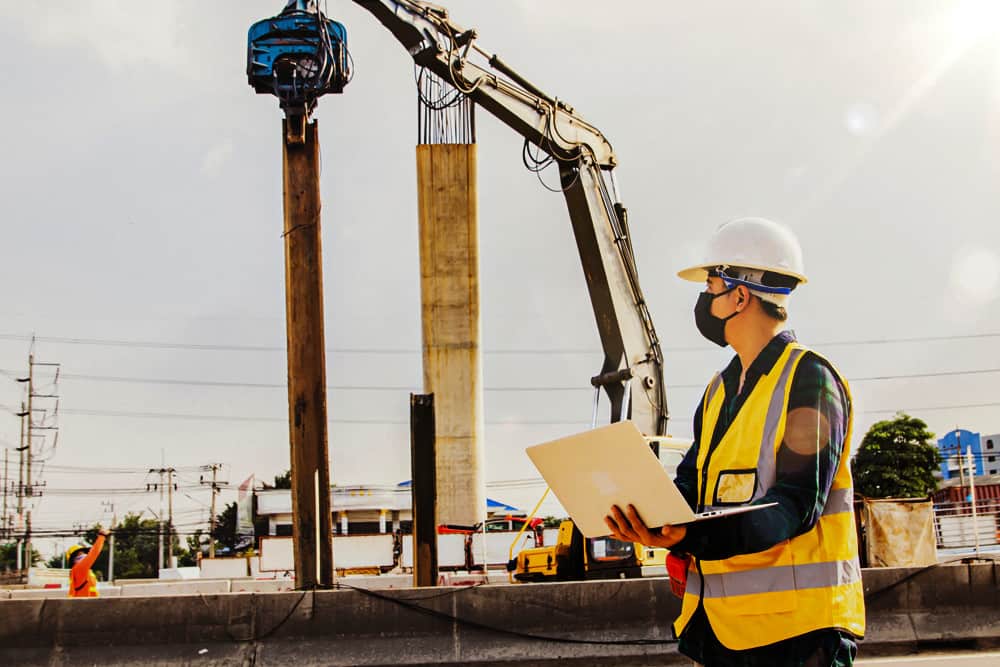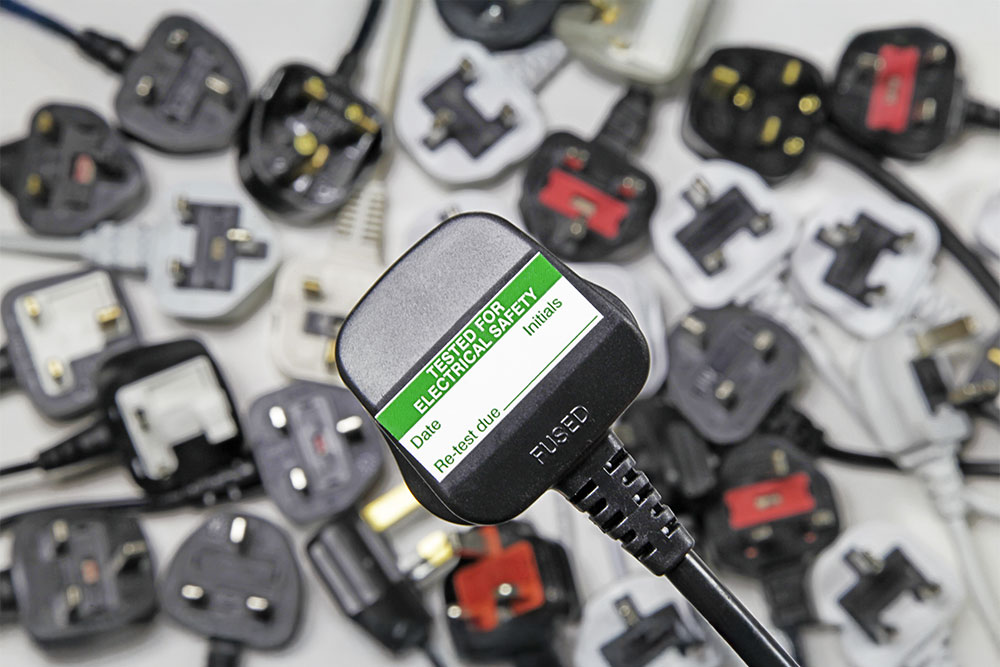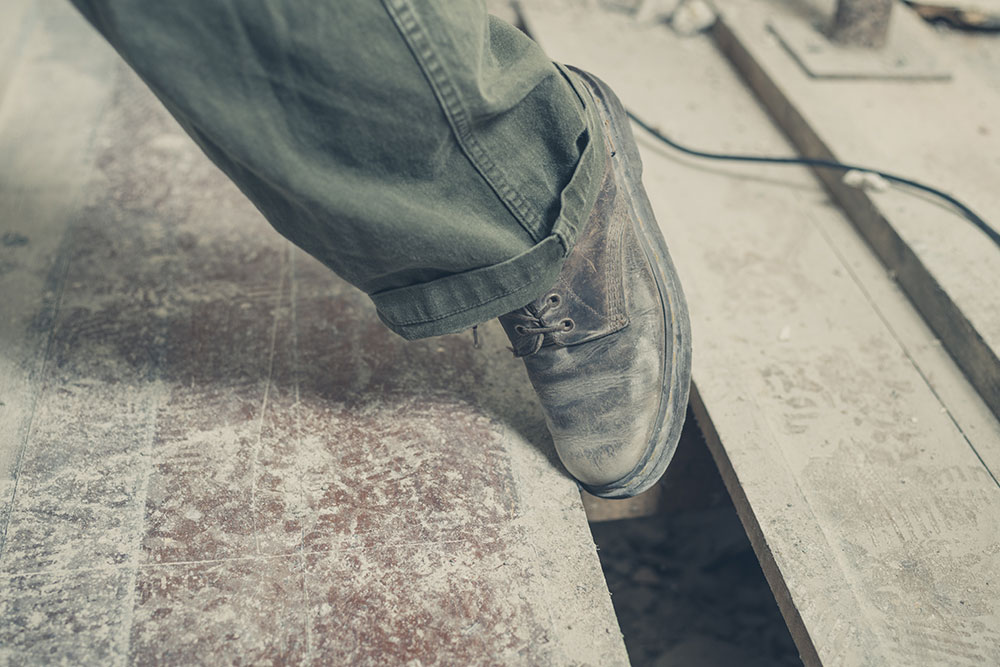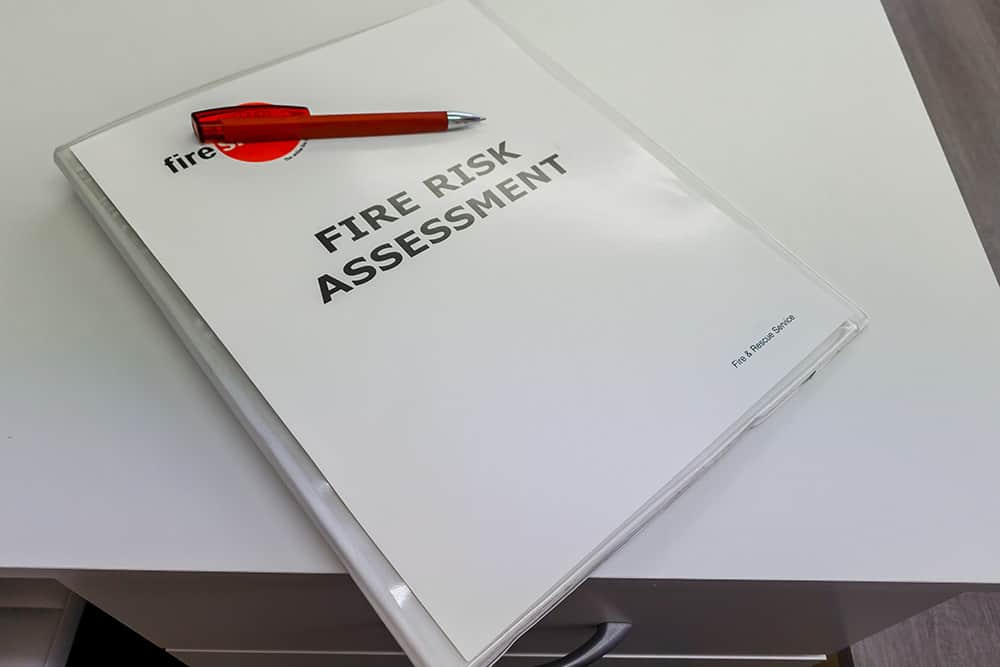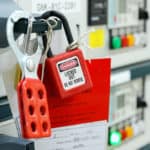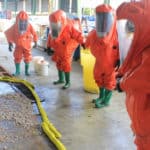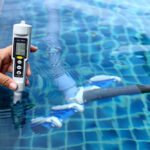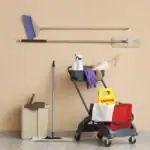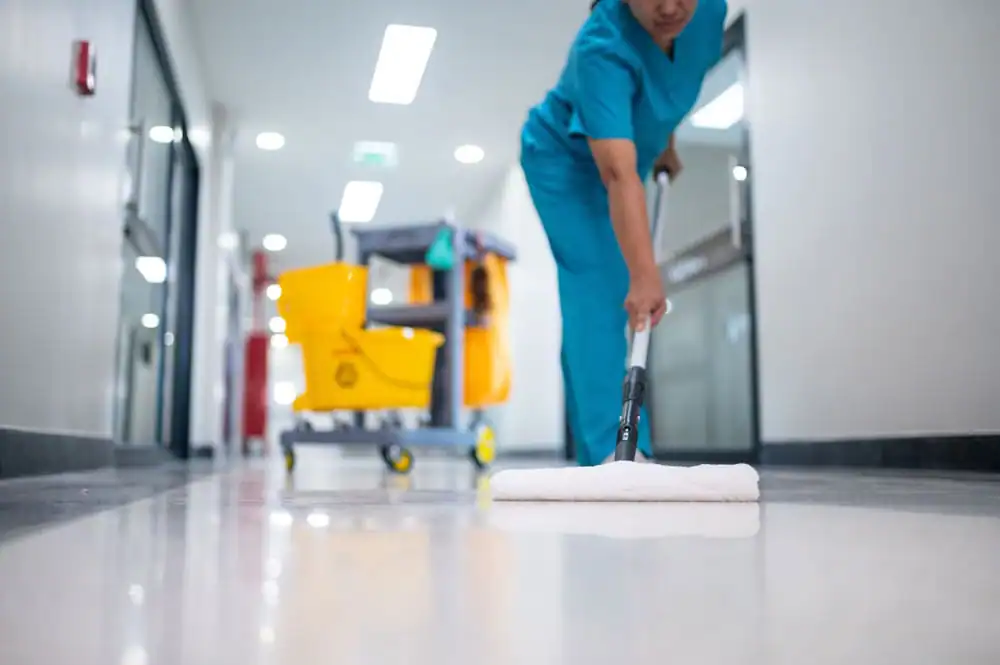
Cleaners keep workplaces safe and tidy, but at some personal risk. They deal with hazardous chemicals, wet floors and heavy equipment every day, often in environments they can’t control. Add to this the fact that many cleaners work alone, and you realise how unsafe cleaning work can be.
In fact, over 3,000 serious accidents in the UK involve cleaners each year. The true number is probably even higher, as many go unreported.
To prevent these incidents, this guide offers practical health and safety tips for cleaners. Following them will help you work more safely and avoid injury or illness.
Key Takeaways
- Cleaning is not low risk. Common hazards include slips and trips, manual handling injuries, exposure to harsh chemicals and working alone.
- Employers are legally required to carry out risk assessments and put measures in place to keep cleaning staff safe.
- Cleaners also have duties: they must follow agreed procedures, use equipment correctly and take reasonable care of themselves and others.
- Cleaning safety tips such as rotating tasks to prevent repetitive strains, wearing PPE correctly and learning evacuation routes help reduce risks.
Health and Safety Courses
Strengthen compliance and safety at work. Our online health and safety training courses provide essential knowledge on managing risk and meeting legal duties. Every course is independently recognised and awards a digital training certificate.
Common Risks for Cleaners
Cleaning is not a low-risk job. It comes with multiple hazards that can cause physical injury or ill health. The nature of the job also presents risks, such as lone working. Understanding these risks is the first step to reducing them.
Accidents
There are multiple types of accidents a cleaner can suffer, but the most common are slips and trips.
Wet floors, loose mats and trailing cables make slips and trips a daily danger. Even small falls can lead to broken bones or extended time off work.
Injuries
Manual handling injuries are a consistent issue among cleaners. Cleaners lift heavy bin bags, move furniture or push loaded trolleys. Without proper technique or equipment, this can cause back pain, muscle strain and long-term injuries.
Ill Health
Cleaning products can burn skin, damage eyes and cause breathing problems. Long-term exposure may also lead to serious illness. Using the wrong product or mixing chemicals makes the risk even higher.
Cleaners’ health may also be affected in other ways. Working extremely early in the morning or late at night can disturb sleeping patterns. Cleaning alone for extended periods can also create feelings of isolation. Both of these factors can negatively affect mental health.
Lone Working
Working alone isn’t just a risk to mental health. If a cleaner suffers an accident, there isn’t always someone available to help, especially if they’re working outside of normal hours.
Working in a populated building isn’t always safer, either. Cleaning in hospitals, care homes or other open buildings exposes cleaners to harassment or even violence from service users or members of the public.
Lack of Familiarity
Cleaners aren’t always familiar with the buildings and spaces they look after. For example, they may not know where fire exits are or who’s been trained to provide first aid.
This vital information should be communicated to all cleaners. But contracted staff, or staff who are assigned new duties at short notice, won’t always receive a full safety induction.
Lack of Control
Controlling the environment is a cornerstone of workplace safety, but cleaners can’t realistically influence the places they work in.
This is why employers have a duty to carry out risk assessments and do everything reasonably necessary to protect cleaning staff under multiple health and safety regulations.
What Cleaners Need to Know
If you’re a cleaner, most safety duties are out of your hands. It’s your employer’s responsibility to assess the risks you face and do what’s necessary and practical to keep you safe.
However, you also have responsibilities. Under the Health and Safety at Work etc. Act 1974, you must:
- Follow agreed procedures
- Use the equipment provided as instructed
- Take reasonable care of yourself and others
The health and safety tips for cleaners in the next section will help you meet these duties and stay safe while you work.
Practical Health and Safety Tips for Cleaners
1. Clean High-Traffic Areas When It’s Quiet
Cleaning busy walkways during peak hours increases the risk of slips and collisions. For example, cleaning an entrance at the start of the workday.
Always plan cleaning around the flow of people and leave the area tidy:
- Clean high-traffic areas during quiet periods
- Use barriers to block access, not just cones
- Dry mop surfaces as soon as possible to reduce slip hazards
2. Use Safer Cleaning Methods in Small Spaces
Using aerosol sprays in tight areas with poor ventilation is a health hazard. You risk breathing in the mist.
Use pump bottles instead of aerosols in spaces such as toilets and lifts. After spraying, step back and let the air clear before wiping. Open windows where possible.
3. Use Recommended Products
In one workplace safety report, repeated slips happened on a floor because a cleaner used washing-up liquid instead of floor cleaner. (The correct product was stored on another floor, too far away.)
Always use the recommended product for each surface. If something is hard to access, ask for it to be stored in a more accessible location.
4. Avoid Muscle Pain with Task Rotation
Performing the same repetitive motions, such as scrubbing, mopping and vacuuming, can cause repetitive strain injuries to your shoulders, wrists and back.
Change tasks every 30 minutes if possible. Either swap with a coworker or, if you’re working alone, mix physically demanding work with lighter tasks. If you ever start to feel pain, stop work and report it to your employer. They have a duty to help you.
5. Lift Safely – Apply TILE
TILE covers the four things you need to consider before lifting or moving anything by bodily force:
- Task – Think about what the task involves. Can it be done more safely?
- Individual – Consider your own limits. Can you safely handle the weight?
- Load – Check the size, weight and shape of what you’re moving. Is it stable and safe to move?
- Environment – Look at where you’re working and where you need to travel to. Is the route clear, dry and well-lit?
Using TILE helps you plan each lift and reduce the risk of an injury or accident.
6. Adjust Your Tools to Your Height
Short mops or scrubbers force you to bend or overreach. Over time, that strains your back and neck.
Use long-handled, adjustable tools. Set them to your height before starting. Keep your spine straight and avoid twisting your waist.
7. Wear the Right PPE for the Task
Cleaners are often exposed to harsh chemicals, bodily fluids, dust or sharp waste. Your employer must provide personal protective equipment (PPE) that fits and protects you.
Use gloves, eye protection, masks or aprons as needed. Change gloves if they’re torn, and wash your hands thoroughly after removing PPE. Never work with chemicals without eye or hand protection.
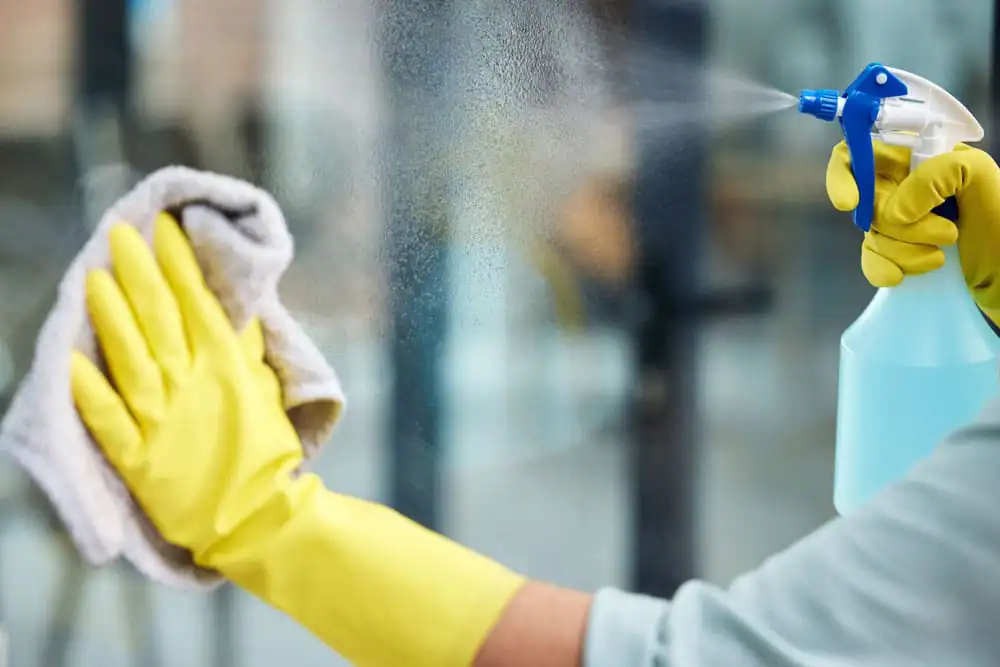
8. Know What to Do When Working Alone
If you work on your own, always follow your employer’s lone working procedures.
Keep a phone or radio with you so you can call for help if needed, and let someone know when you start and finish work, especially if you’re in a building outside of business hours.
If you’re working alone and come across someone suspicious or threatening, leave the area and report it immediately.
9. Familiarise Yourself With the Workplace
For every building you work in, take time to learn where the fire exits and alarms are and who’s certified in first aid.
If you’re new to a site, ask your supervisor for a walkthrough. If they’re not available, there should be resources to help you:
- Check posted notices – fire evacuation routes, assembly points and first aid information should be displayed on walls near entrances or in common areas.
- Look for safety signage – depending on the colour, this will warn you of several things:
- Red highlights firefighting equipment
- Yellow/Amber gives a warning about hazards (e.g., electrical risks, forklift traffic)
- Blue means a mandatory instruction (e.g. “Wear gloves” or “Hearing protection required”)
- Green shows safe conditions (e.g. first aid kits or emergency exits)
10. Check Your Risk Assessments
Before starting a task, read the risk assessment and method statement (RAMS) for that job.
Your employer has a legal duty to complete this document. It should identify every hazard you might face, whether from the cleaning task itself or from the environment you are working in.
Your employer must also take the time to explain what the risk assessment means for you in practice. This includes what equipment to use, which chemicals are safe and how to carry out each task without putting yourself or others in danger.
If anything is unclear or if you notice a hazard that is not covered in the assessment, stop and ask for guidance. Employers are legally required to assess the risks of your work and put controls in place – you should never be expected to work without a risk assessment.
How Training Can Help
Slips and trips, manual handling injuries, exposure to hazardous chemicals and the challenges of working alone are just some of the hazards cleaners face every day. Employers have a duty to assess these risks and take practical steps to protect their staff.
Specialist training is one of the most effective ways to do this. Human Focus offers a full range of health and safety training courses to support both cleaners and employers. Courses cover key areas such as COSHH, manual handling and lone working.
All courses are delivered online, making them easy to access and complete. Upon completion, learners receive digital certificates that show training has been provided and understood. These certificates help employers demonstrate a commitment to their workers’ welfare, plus compliance with specific health and safety regulations.
